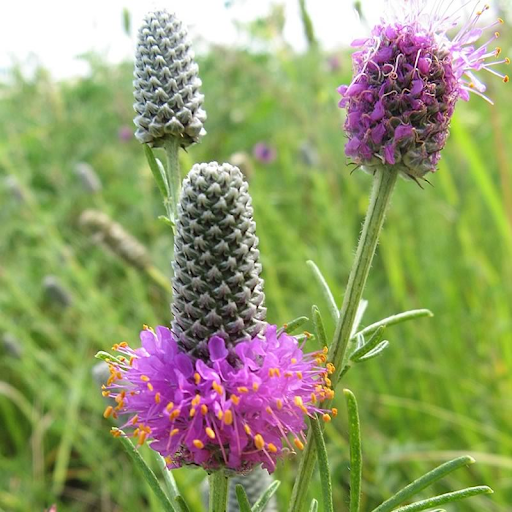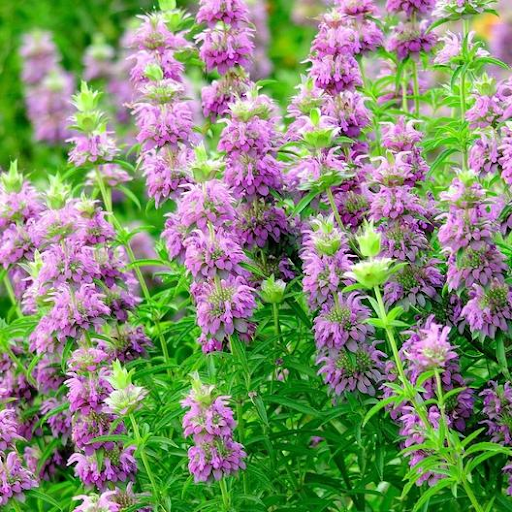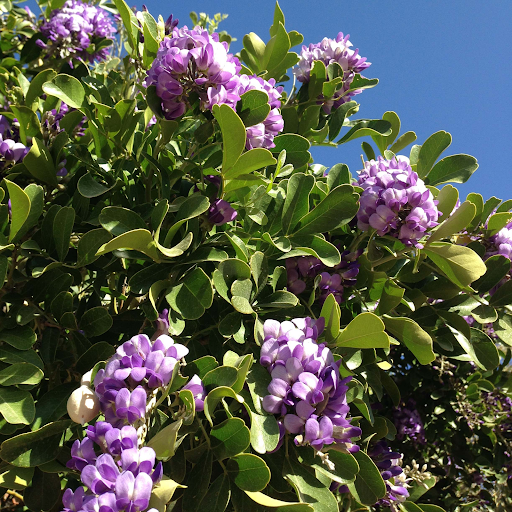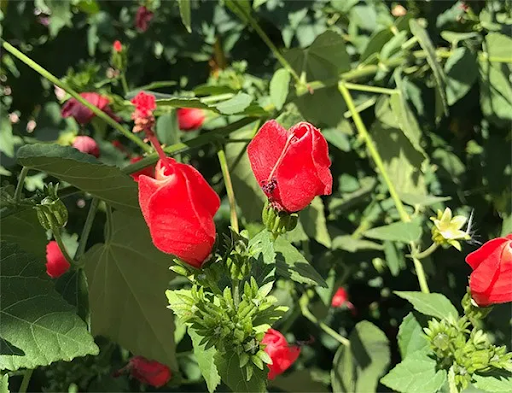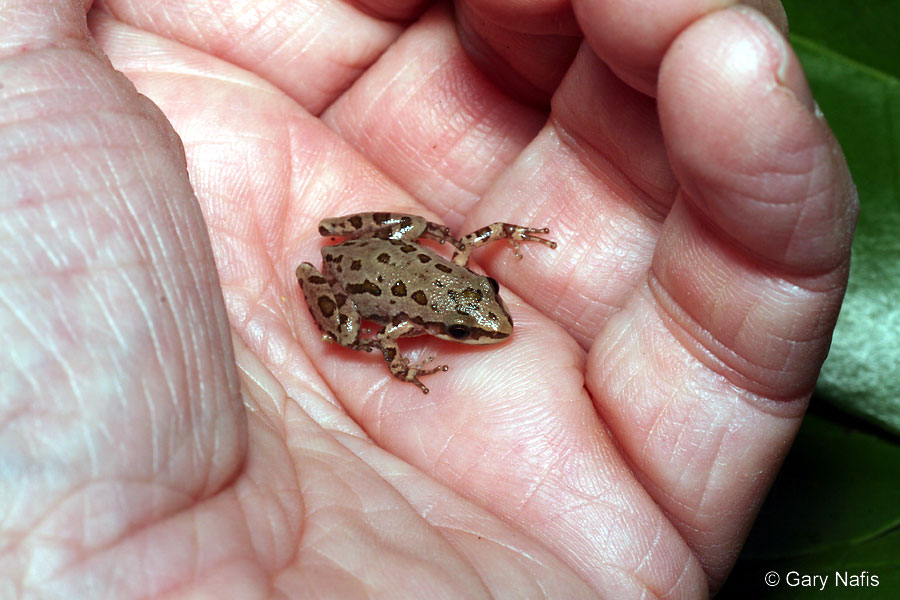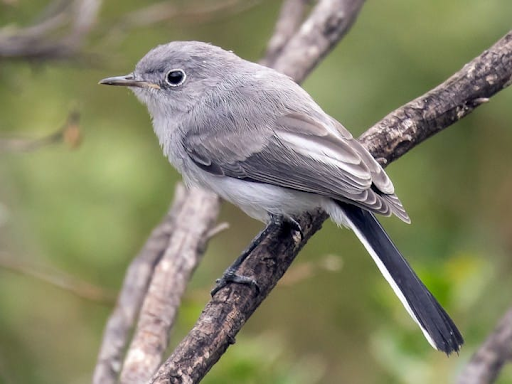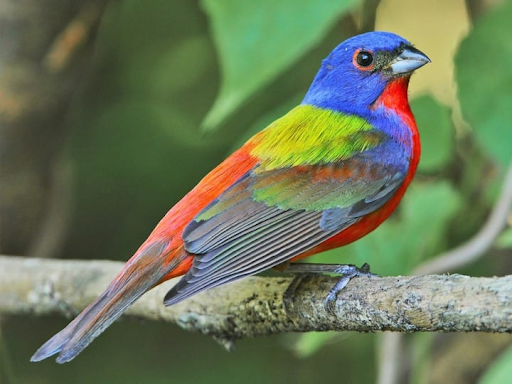Happy Spring from Pease Park Conservancy! March 20th marked the first day of the vernal equinox, and with it, the blooming of flowers, the songs of birds, and calls from frogs. But what exactly does vernal equinox mean? Well, vernal translates to “new” and “fresh,” and equinox is derived from the Latin aequus (equal) and nox (night). In the Northern Hemisphere, this date marks the start of the spring season. People have celebrated the vernal equinox for centuries. For ancient cultures, the vernal equinox signaled that food supplies would soon return. Early Egyptians built the Great Sphinx so it pointed directly toward the rising sun on the day of the vernal equinox.
So what does the spring equinox mean for Pease Park? Pease Park is one of the most biodiverse public parks in Austin, with dozens of plant species and over 180 animal species documented. Throughout the years, Pease Park Conservancy has worked toward enhancing the natural areas of the park by creating more resilient native plant communities with an emphasis on plants that are beneficial to wildlife species. This restores damaged ecological areas, while also beautifying the park. This mission is most visible during the springtime, when park-goers can witness the emergence of new plant and animal life as well as the flourishing of existing flora and fauna. We hope that you’ll celebrate the spring equinox with us at Pease Park through safe, social distanced visits. Below are just a few of the flora and fauna that we hope you come across!
Native Wildflowers
One of the most iconic characteristics of Texas is its fields of wildflowers. Across Pease Park, we expect a variety of blooming wildflowers this spring, from the riparian edges of Shoal Creek, throughout Wooten Woods and Live Oak Meadow, and along the roadsides of North Lamar and West 24th. Last fall, volunteers helped to plant seed mixes containing some of our Texas favorites, such as Bluebonnets, Indian Blanket, and Mexican Hat. These native wildflowers will provide nectar and pollen to butterflies, bees, and other insects and will be host sites for emerging larvae. They will provide beautiful views for visitors of the park with their various heights, textures, leaf patterns, and colors.
Flowering Shrubs and Trees
The importance of native trees cannot be overstated. They are incredibly beneficial to local insects and are a great food source and home for native birds and other wildlife. They help to stop soil erosion by holding soil in place with their roots. This is especially helpful for the delicate riparian edge around Shoal Creek as well as the hilly landscapes near the western side of the park.
Spotted Chorus Frog
Pseudacris clarkii
The spotted chorus frog (Pseudacris clarkii) is a small, nocturnal tree frog native to the grasslands and prairies of the central United States and Tamaulipas, Mexico. This beauty thrives in areas of open prairies, meadows, pastures, and grasslands. More often than not, it is observed near permanent or semi-permanent bodies of water, such as cattle tanks and irrigation canals. It is characterized as a light gray/white frog with green spots. However, the intensity of its color changes depending on weather and time of day, varying from brown with brownish-green spots to colors closer to white and green.
An advertisement call is the most well-known call of a frog. It is produced by a male frog in order to attract females during the breeding season and to warn other rival males of his presence. Spotted Chorus Frogs usually call from flooded grassy fields and ditches that are suitable for breeding and egg-laying in spring and into early summer. They can be difficult to find due to their small size and the fact that they call from the grassy areas with just their heads out of the water. These calls can be heard during the evening and at night, and sometimes during daylight at the peak of the breeding season. Check out the video below to hear the Spotted Chorus Frog calling!
Spring Birds
Blue-gray Gnatcatcher
(Polioptila caerulea)
Tiny and slim with long legs, a long tail, and a thin, straight bill. Blue-gray above and white below. Breeding males have a black V on their foreheads extending above their eyes. Note black tail with white outer tail feathers and white eye-ring.
Tiny songbird with a long, dark tail with outer tail feathers. Females/nonbreeding birds are gray above with a thin white eye-ring.
Black-chinned Hummingbird
(Archilochus alexandri)
Fairly long and slender hummingbird with a long black bill. Adult males have a purple throat that often looks black. Note white spot behind the eye.
Females/ immatures are dull metallic green above with a whitish throat and underparts. Note white tips on outer tail feathers.
Painted Bunting
(Passerina ciris)
Stocky, finch-like bird with a stubby, thick, seed-eating bill. Adult males are unmistakable with their brilliant blue head, green back, red rump, and red belly.
Females/ immatures are a uniform, bright yellow-green overall, with a pale eye-ring.
Purple Martin
(Progne subis)
Large, broad-chested swallow with a slightly hooked bill and long, tapered wings. Adult males are iridescent, dark blue-purple overall with brown-black wings and tail.
Large and chunky swallow. Females/ immatures are duller, with variable amounts of gray on the head and chest and a dingy lower belly. Note gray collar around the neck.






